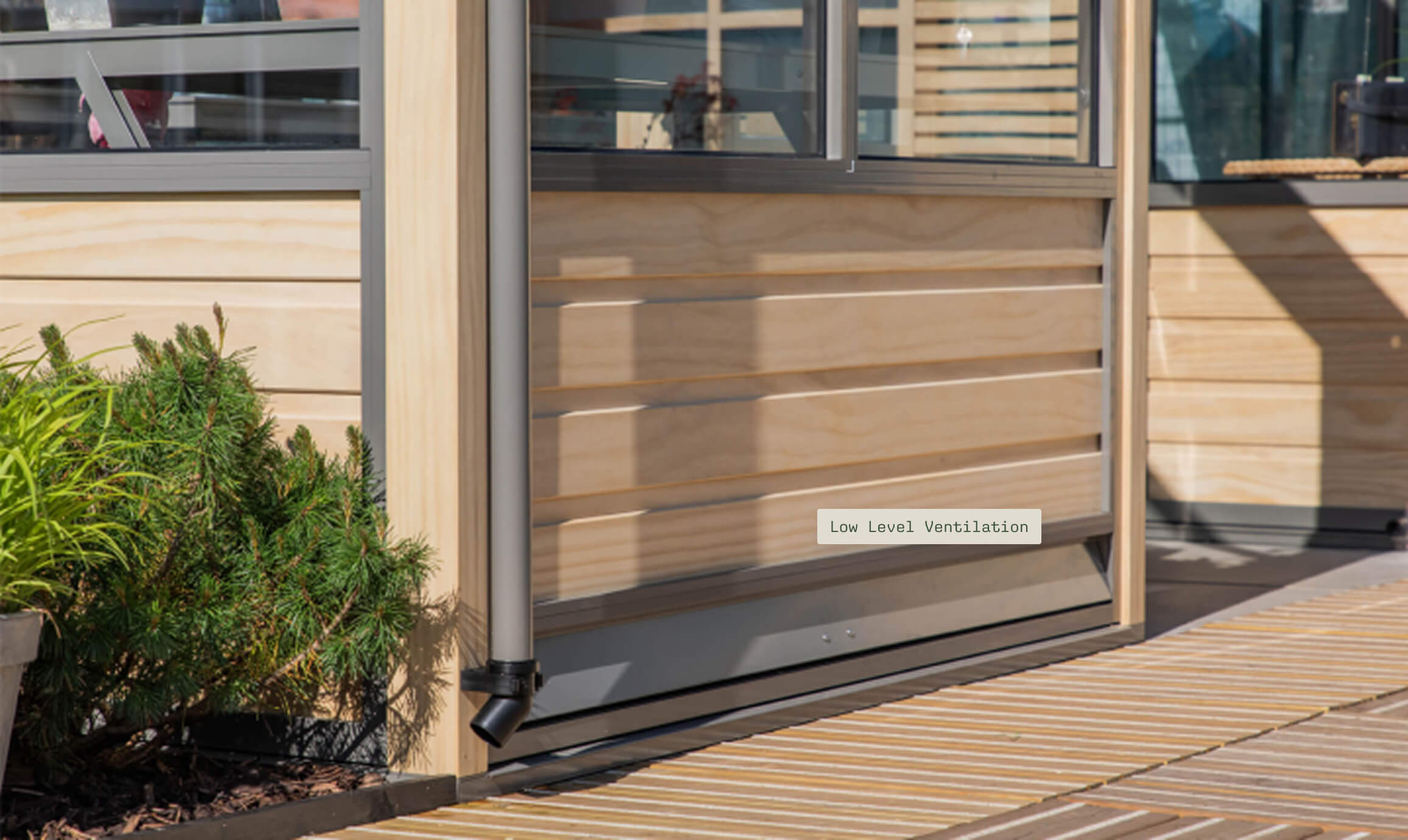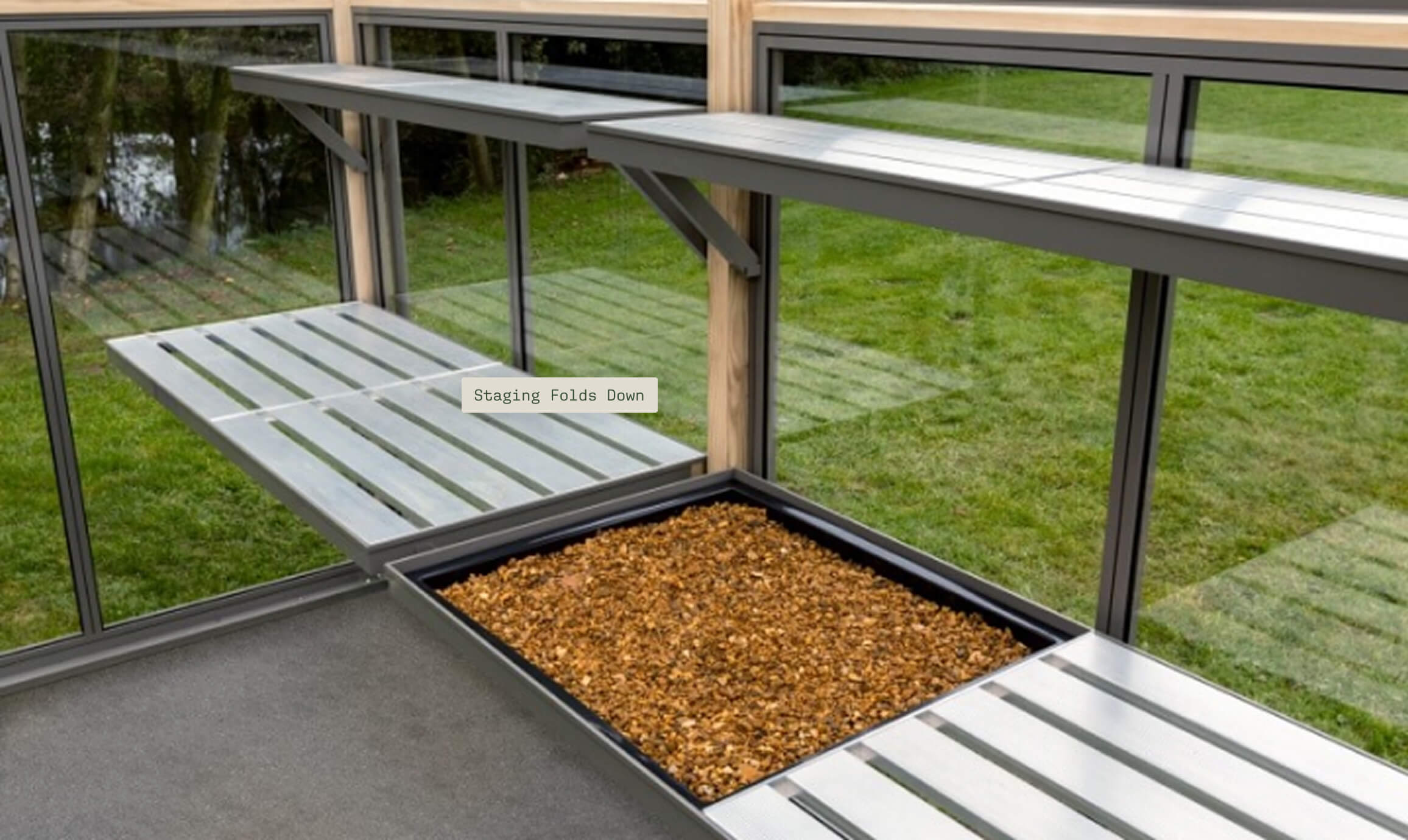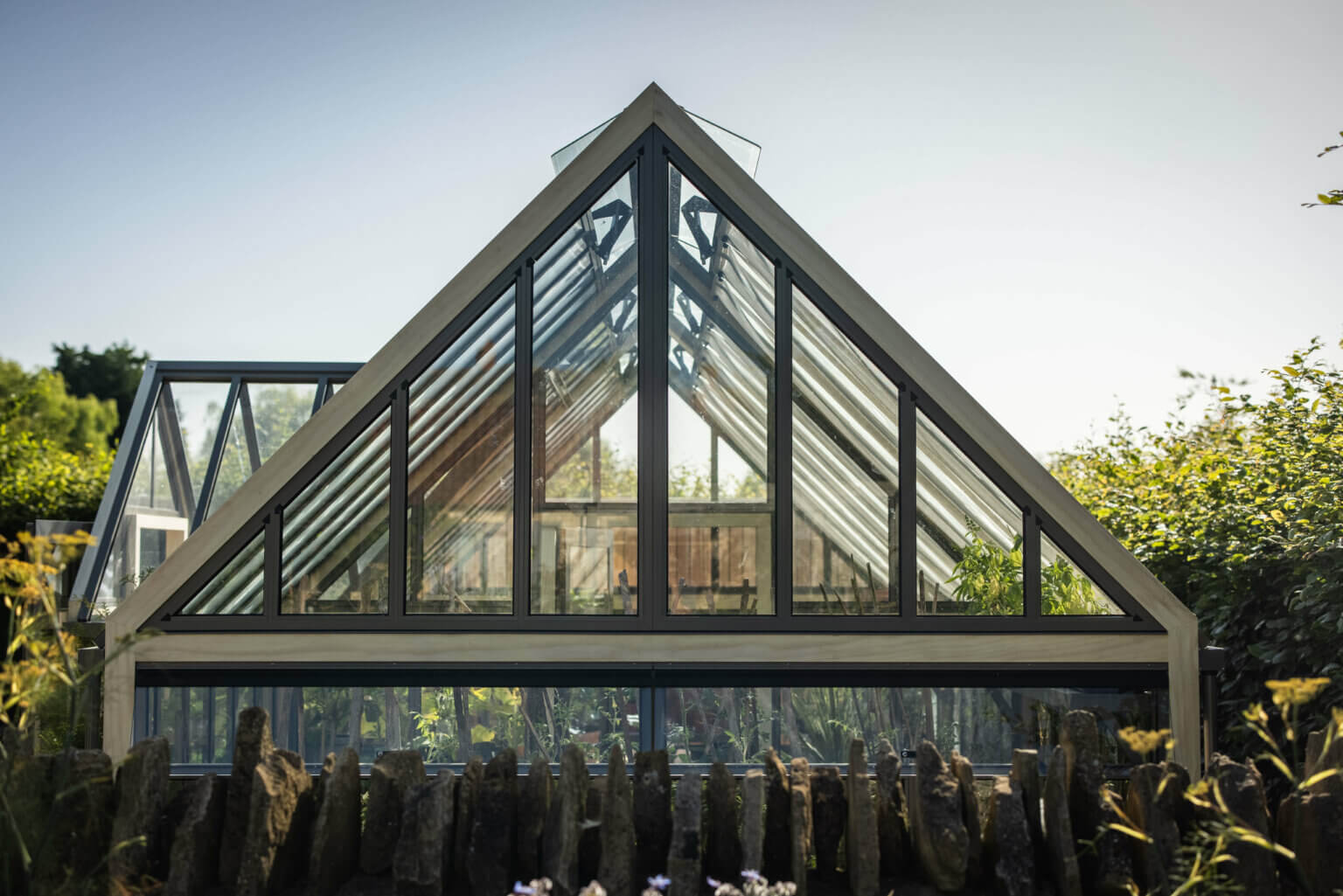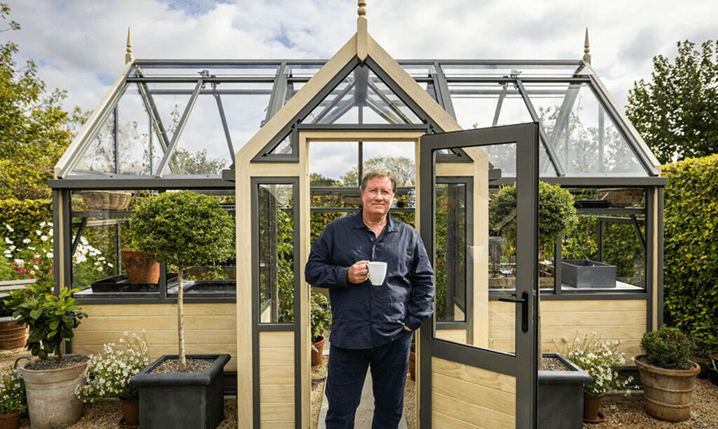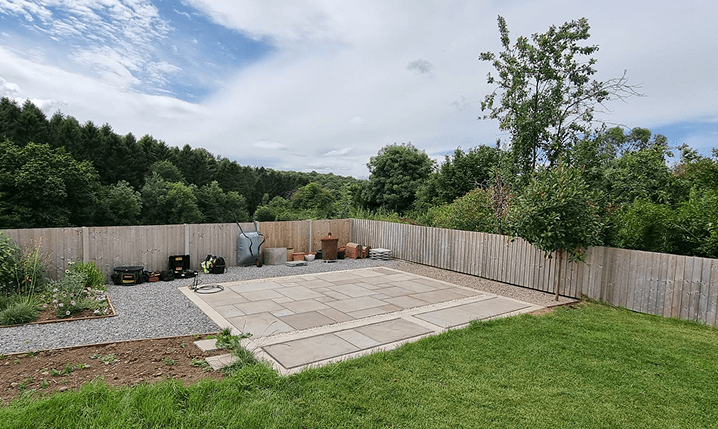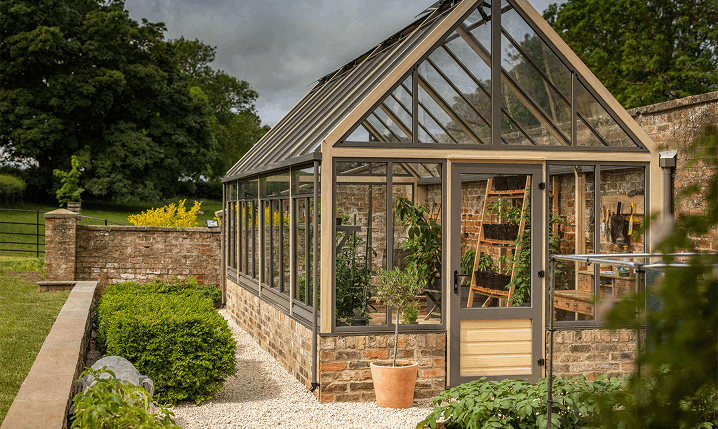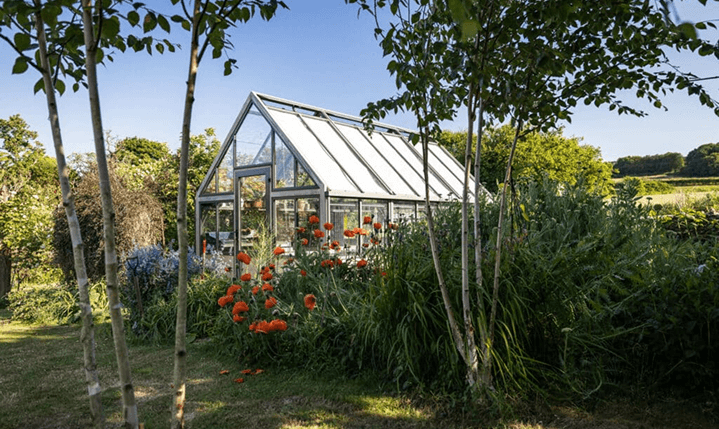
Winter Gardening in the Greenhouse
While one of the nicest aspects of having a greenhouse is that it is a refuge from cold, wet or windy weather in the winter, there’s a lot more that you can be doing in there than just seeking shelter.
Sort your Seeds – it’s a good idea to sort through any old seeds you may have, check if they are still viable (there’s usually a ‘use before’ date on the packet) and then sort them into the months when they should be sown. As you buy new seeds you can add them to the appropriate month. If you are really feeling terrifically organized, you can write the labels too – it’s so much easier than scrabbling around later with compost-covered hands to write individual labels. Keep the seeds in a cool, dark, mouse-proof container until you are ready to sow.
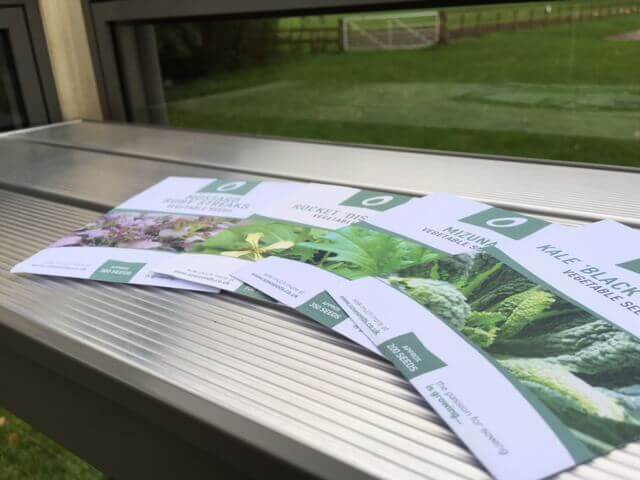
Sowing Seeds – once you have organized your seeds, you will know which seeds can be sown when. There are quite a few that can be sown without heat in the winter months e.g. hardy annuals like calendula, cornflowers and sweetpeas – and many more if you have a heated propagator or a heated mat on one of the benches. Remember to pace yourself though and not sow everything at once or you will have a marathon job pricking out seedlings and potting on young plants. It’s always good to be an optimist when sowing seeds – imagine how many plants you will have if every seed germinates and sow accordingly. You can always make another sowing if things don’t go well.
Pricking out & Potting on – this is the point when chickens come home to roost if you have got carried away and sown a hundred calendula seeds, all of which have germinated. It’s time to be ruthless and prick out a sensible number, or you will quickly run out of compost and space. The rest can go on the compost heap. Equally, when you are potting on, don’t go into rescue mode and pot on the weedy, straggly plants – you want strong plants, not weaklings that will never amount to anything. They too should head for the compost heap. A couple of days before you are planning to do pricking out or potting on, bring a bag of compost undercover so that it can warm up before you do any transplanting, otherwise the shock of cold compost will set back the plants.

Overwintering Tender and Half Hardy Plants – most tender and half hardy plants will survive most of the winter in a cold greenhouse, provided that they are kept fairly dry. It’s the cold and the wet that they really hate, but in really cold weather it is advisable to have a frost-check heater that will make sure that the temperature doesn’t fall below freezing. Also keep some fleece at hand to throw over the most vulnerable plants. When you bring plants undercover e.g. geraniums and salvias, cut them back by at least half so that they take up less space and this will also encourage them to grow into bushy rather than leggy plants when they start into active growth again. Check them carefully for any pests and diseases and deal with these before bringing the plants undercover, or you will be trying to control them in the greenhouse where they will romp through your seedlings as well. In good weather open the doors and windows to give the greenhouse a good airing – this also helps prevent disease problems.
Grow Pots of Bulbs – steal a march on spring and pot up some of your favourite bulbs. Grow them in your nicest pots and top them with grit and they can be brought indoors from Christmas onwards. As well as the specially prepared narcissus and hyacinths, smaller bulbs including crocus and iris reticulata can be given this treatment. Leave some pots in your greenhouse where they will flower for longer than indoors and add welcome winter colour.
Store Dahlia tubers – if slugs munch through your dahlias when you overwinter them in the ground, dig the most vulnerable up and store them in damp (not wet) compost in boxes under the staging. In February pot them up in fresh compost and they will quickly start to shoot and be ready for planting out once frosts have passed.
Keep things Clean & Tidy – the cleaner and tidier you keep things the better your plants will grow. Keep an eye on the glass and if it gets grubby give the windows a clean – this is especially important in winter when light levels are low and plants need every bit of light they can get.

